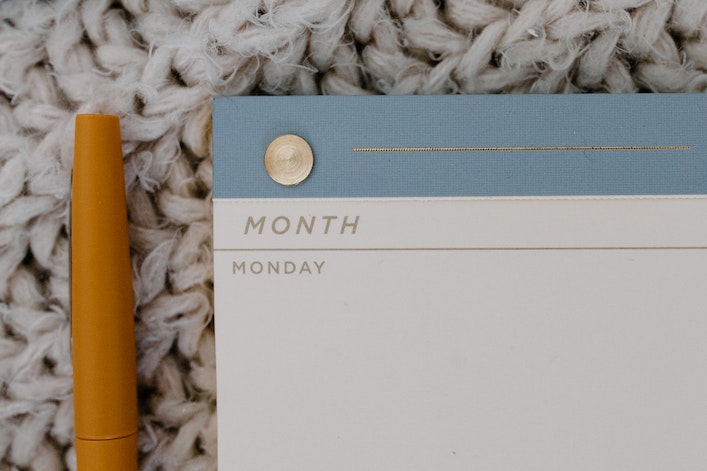If you’ve got lymphedema and you’re flying, it requires some preparation.
Long flights in a cramped seat are very, very bad for lymphedema, there’s no way around it. So seat selection is critically important. Here’s some flight booking tips to make your experience as safe and comfortable as possible.
Get a lie flat seat if/when possible (business or first class)
In today’s aviation world, the good news is most long routes (international or some domestic cross country flights) have lie-flat beds in business or first class. This obviously is ideal. With lie flat seats, you avoid gravity’s pull. You’ll still want to use compression, of course, but it makes it much easier to fly with lymphedema.
Yes, I realize business and first class is usually ridiculously expensive. But there’s also an entire world of frequent flyer points where, if you learn the rules and play the game, you can often fly business or first class for much less of a premium. You don’t even need to fly these days as you will earn more points signing up for credit cards, or shopping through certain online portals. Worse case, you can even buy miles.
Fortunately, if you’re willing to put in some work researching it, you can fly premium for less than economy. Ready to learn? Check out the pointsguy.com if you’re in the USA. Or if you’re not interested in earning points, you can buy miles instead of earning them. This also works if you are located in another country where there is less frequent flyer mile activity. (Check out this guide for information on buying miles and using them for flights.) Even if you just buy the miles, often business class can be had for something not too far off from the economy price. Bottom line, if you can get on a lie flat seat, you’ll have a comfortable experience. Swelling is unlikely. It’s also far easier to avoid jet lag, so you’ll feel healthier and stay more active.
Plus the service is usually fantastic. It makes getting there as fun as the trip itself.
Use seatguru.com to find a good seat
If you’re on a shorter flight or stuck in economy, all is not lost. If that is the case, see what you can do to get a seat that will help you have a better flight:
- An aisle will allow you more freedom to get up and move around
- A bulkhead may give you more legroom and space
Some planes may even have quirky rows without a seat in front of it, or other situations that can make a huge difference.
You can use the free service, seatguru.com, to look up your flight and take a look at the seating arrangement. Then pick a seat online (on your airline’s website) or call ahead of time. Get in the habit of picking seats during or after booking so that you have more control.
Appeal to the gate agents
Let’s say you booked the best seat you could but that most seats were already reserved. If that’s the case, plan to get to the airport a little earlier to appeal to the gate agents. If you explain your situation you can often get a sympathetic agent who will give you a better seat.
Or, offer to pay for an upgrade. If it’s a very long flight, even a premium economy seat might be better than economy. Again, look at seatguru.com to see your options.
Stuck in a bad seat? Move as much as possible.
Unfortunately there are times when we don’t have a lot of control. If you’re stuck in a bad seat, just try to get up and move around as much as possible. As soon as the seat belt sign goes off, you may want to get out of your seat and walk around. On longer flights, get up and stretch in the galleys or outside the restrooms. Anything that keeps your circulation going will help.
Sometimes though you might be stuck in your seat more than you’d like. Obviously if you can elevate your effected limb(s) any way without causing others problems, try to do that.
Even fidgeting helps some. Raise your arms and legs as much as you can, and as often as you can, even if it’s just a bit.
On long flights, drink a lot of water so you are forced to use the bathroom frequently.
Avoid sleeping pills, as those may easily result in you staying in one position for too long.
Worried about alienating other passengers? If you tell them your condition, they will likely understand. Even if they don’t, your health is too important. Do what you need to do, and talk to the flight attendant if you need to be moved next to someone who will be more cooperative.
What’s the best strategy?
Everyone’s strategy will be different. For me, I never pay anything extra on a short flight since it’s easy to move around for a short period of time. But I will pay extra or use frequent flyer points and miles for business or first class on long flights. That works best for me and I’m able to avoid jet lag, too, which is a huge benefit.
Whatever your strategy, the key is to be an active participant in buying, selecting and then using your seat. For best results, don’t just let the airline choose it for you.
Want more about natural remedies to use when flying?
- Learn about pine bark extract to help reduce swelling in flight.
What are your tips when flying in lymphedema? Let us know!




Leave A Comment